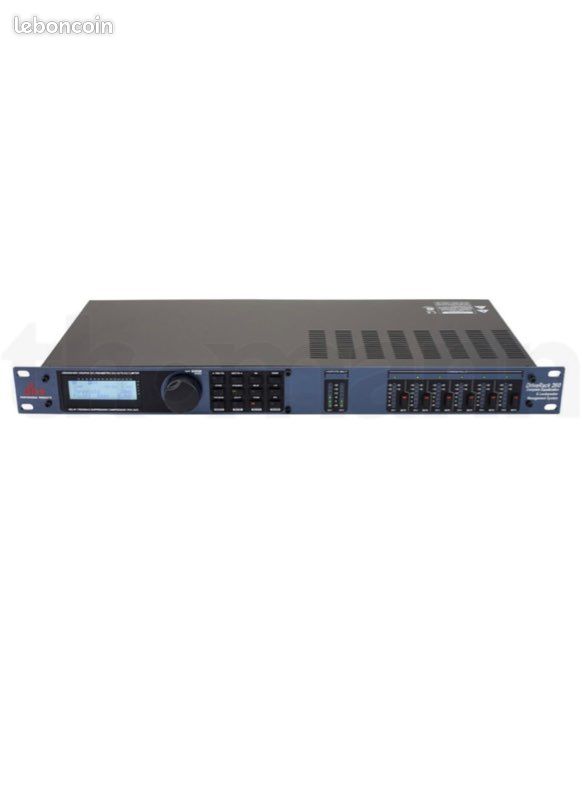


Neither system will "fix" the response but the Peavey will never make it worse.Ī better way is to use some measurement tool that does "transfer function" measurements. Pretty much anything that low is caused by the room itself and you really need to move walls to solve (or other crazy stuff). It also doesn't try to do anything to freqs below 100 Hz nor above 10K. The VSX also uses a RTA to measure but only cuts the peaks and makes no attempts to fill the holes (which it couldn't do anyway). but there aren't many of those and if you had them you probably wouldn't be needing a DSP anyway. Things with corrected phase response would do better. dbx took the dominant DriveRack 260, improved its features, and added more. The all-new DriveRack VENU360 provides all the processing and flexibility you need between your mixer and amplifiers to optimize and protect your loudspeakers. In my tests with a DriverackPA it caused more problems than it helped and usually created some horrific curves that usually included large amounts of extreme treble and bass boosts. The DriveRack® VENU360 Control app is the ultimate way to control the VENU360 hardware. If you try you create other problems, distortions and use up valuable power that could actually produce sound somewhere else in the spectrum. Both are like black holes in that you cannot fill them. Holes are almost always caused by phasing problems or absorptions. If the DBX sees a hole it tries to boost to fill it in and if it sees a peak it tries to cut it down. 260 Complete equalization & loudspeaker management system, 2 inputs and 6 outputs Updater note, While new DriveRack 260s from the factory have version 1.02 firmware, there is no practical difference between 1.01 and 1.02.

#DBX DRIVERACK 260 VERSIONS INSTALL#
be it a stand alone RTA or the auto function in the DBX. Researchers will install sensors in monitoring wells, streams, and in cone potentiometers-rods driven 200 to 300 feet into the ground. Real time analyzers cannot tell what is causing the problem and see only EQ as the solution. Equalizers are not effective in solving problems caused by phase cancellations or diaphragmatic absorption (like walls vibrating or large glass windows vibrating).


 0 kommentar(er)
0 kommentar(er)
